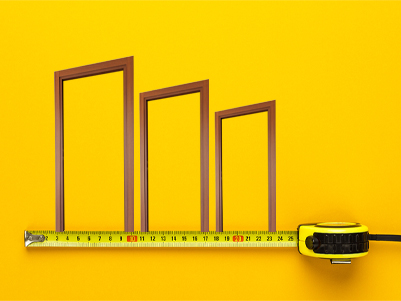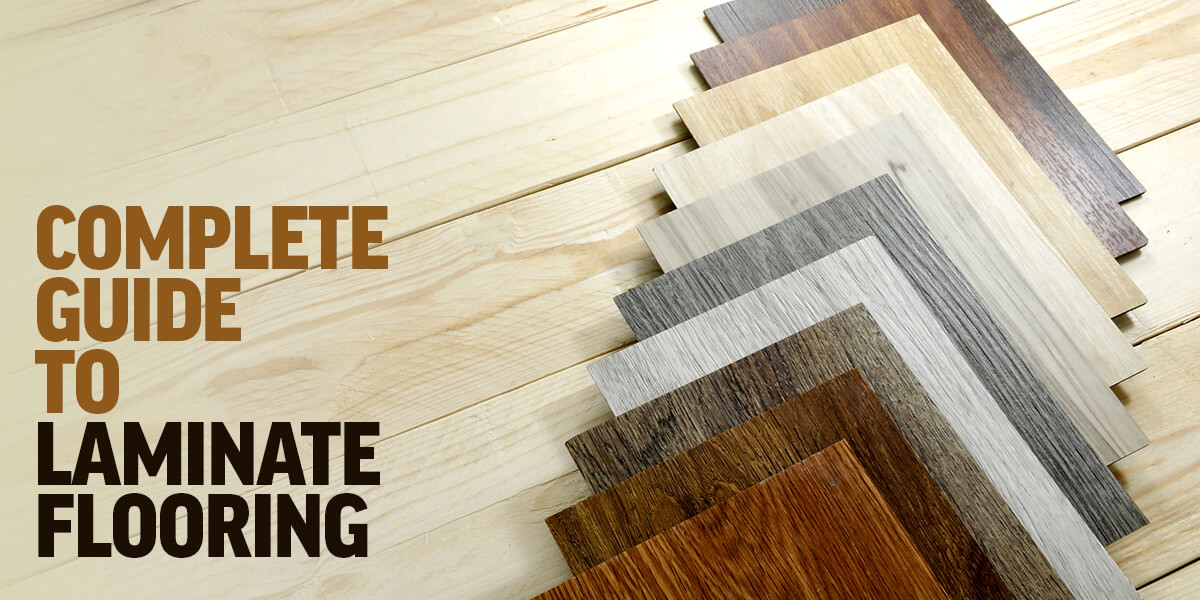
Are you feeling floored over what type of laminate flooring to choose?
There's a world of decisions to be made when choosing which laminate flooring is right for your home. The amount of variation and information can be so vast that it can be overwhelming if you don't know exactly what you want or what everything means.
We're here to help.
What Is Laminate Flooring?
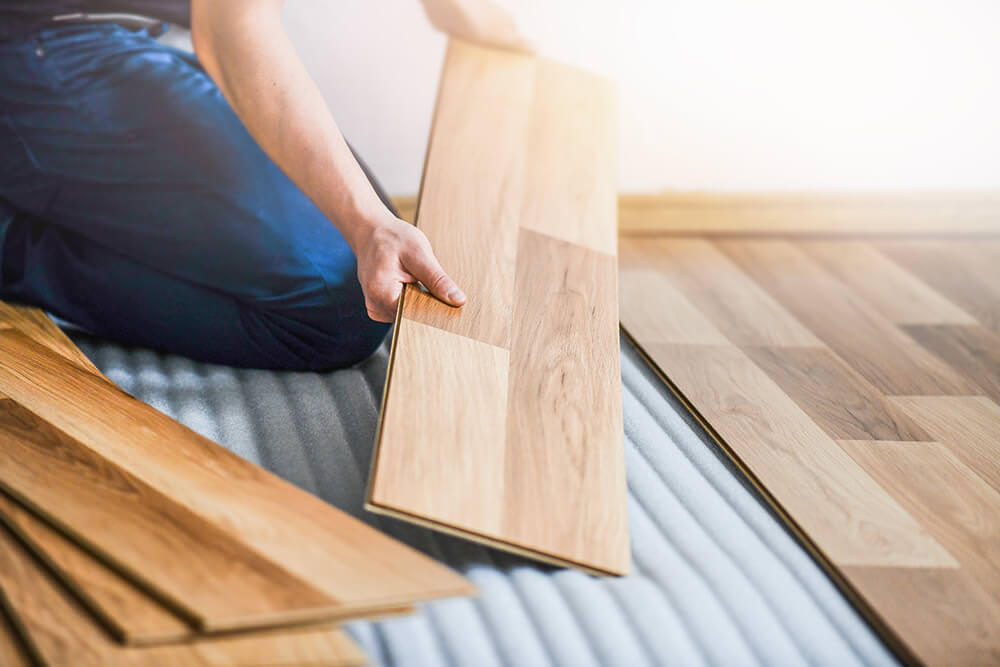
Laminate flooring is synthetic flooring in a board-like structure that replaces traditional hardwood flooring. It's usually made up of 4 specific layers:
- Top layer - The top layer on laminated flooring is usually hard plastic in nature to protect the layers below. While this layer is not always plastic, it is usually a comfortable yet hard substance that offers a good feel on the floor and retains its protection from the layers below.
- Below top layer - This is where the actual look of your laminate flooring comes from. Some laminated flooring has real wood on this layer and others make use of a melamine decorative layer that usually simulates real wood. Whatever the material, this layer is thin and exists only to give the laminate flooring its look. There is no structural rigidity from this layer.
- Core layer - The centre of the laminate flooring is where the laminate board gets its strength from. A dense layer of compressed wood fibre and resin is set to be extremely rigid.
- Backing layer - A melamine sheet at the bottom of your laminated flooring to give the board stability and act as a barrier to any potential moisture. This may be one of the most important layers in your laminate flooring, as moisture is the enemy of laminated flooring.
This comprises the main makeup of a laminate flooring board. Some flooring options have extra layers in the form of an underlayment or a vapour barrier attached to the board. As they are considered separate for installation, we'll cover them separately below.
Finishes
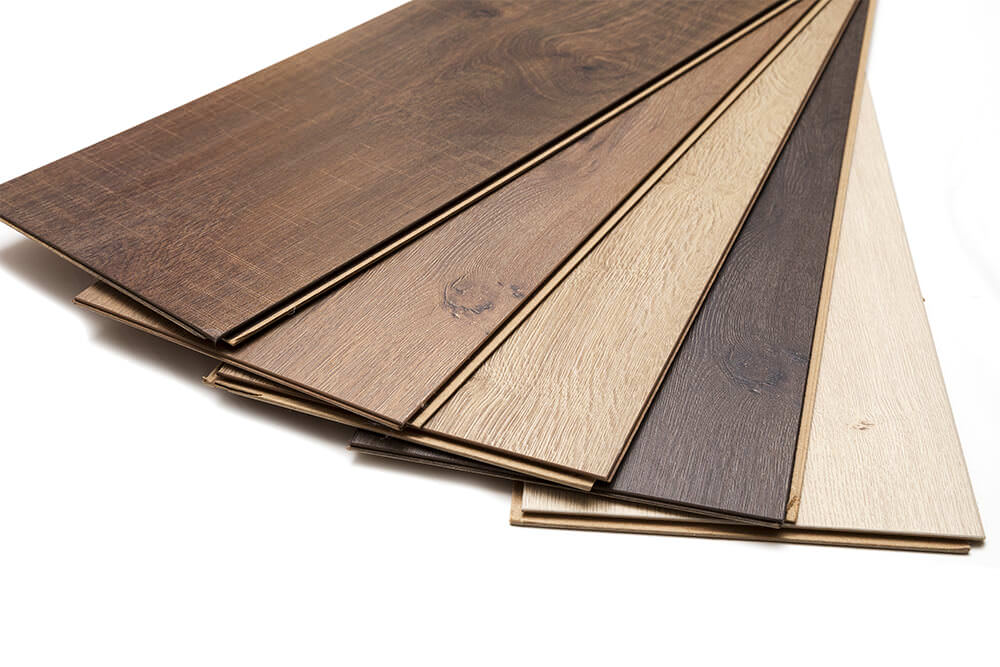
Laminate flooring comes in a variety of finishes for every potential look and feel you could want. This is a personal preference, but be sure to consider your use case before selecting a finish.
In high traffic areas, wear on a matte finish will be less noticeable than on a gloss finish. The finish you choose will be highly dependent on the environment in which you plan to use the laminate flooring.
- Matte finish - Matte finish means a lack of any shine or reflection. It tries to mimic a wood finish but is more like unsealed wood. This is ideal for rooms with a lot of natural light, as too much reflection can be distracting.
- Gloss finish - Gloss finish is as reflective as it comes. Ideal for an elegant piano-like finish. While not perfect everywhere, a gloss finish is great for a modern-styled room.
- Oiled wood - The oiled wood finish is a middle ground between matte and gloss, offering a surface mimicking that of oiled and treated wood. While not as common as a matte finish, the oiled wood look is fantastic for the real classic look.
- Satin - The perfect middle ground between gloss and matte, satin does not try to mimic the reflective nature of real oiled wood. Modern areas which have an excess of natural light will greatly benefit from satin-finished flooring.
- Scraped finish - A scraped finish attempts to mimic a hand-scraped and worn traditional wooden floor. There are different levels of scraped finish, so be sure to decide on a level that goes well with the environment.
- Natural wood finish - A natural wood finish aims to mimic an untreated, unoiled wooden floor. This is the most classic look which best suits a classic environment.
Sizing
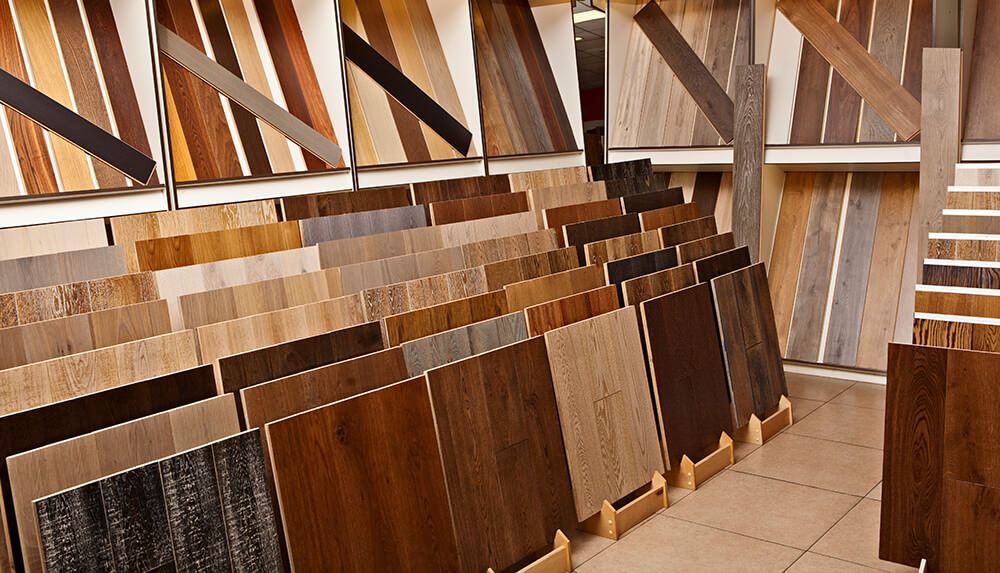
Laminate flooring comes in a variety of different sizes.
A good rule of thumb is to match the size of the board with the room. Smaller laminate boards will make small rooms look bigger, while larger laminate boards will make a large space look more consistent and complete.
The biggest deciding factor of the size of laminate boards you choose to use will be the available designs. Not all designs are freely available in all sizes. Choose a design, hardness, thickness and finish first before finding a size it is available in.
Edge Types
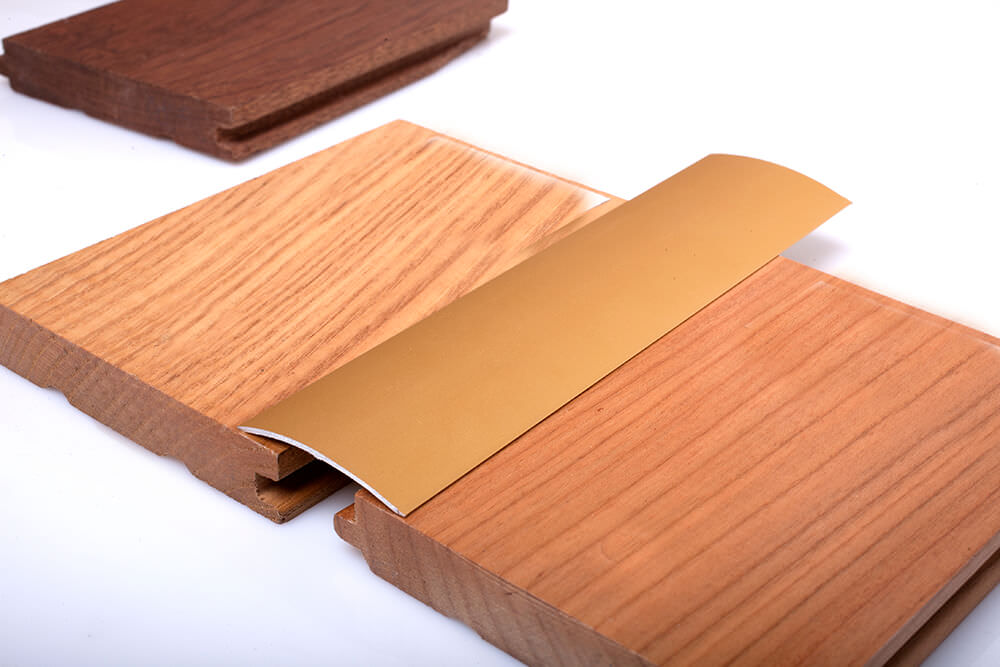
There are a few different types of edging available in laminated flooring.
- Square edge - A seamless transition between boards, a square edge is the most common edging found in laminated flooring
- Bevel edge - Each board will have a bevel, making the wooden boards seem more like real wood. This is not appropriate in all settings but does look great in a modern setting.
- Rounded bevel - The edging is close to that of real wood, a rounded edge will give the impression of real planks of wood.
- Painted bevel - A painted bevel will provide a distinct difference between the laminate boards. Not always ideal but can be great for making a space seem bigger than it is.
Edge types are personal preferences for the space you plan to use. Be sure to check examples of each to help you make the best decision.
Types Of Laminate Flooring
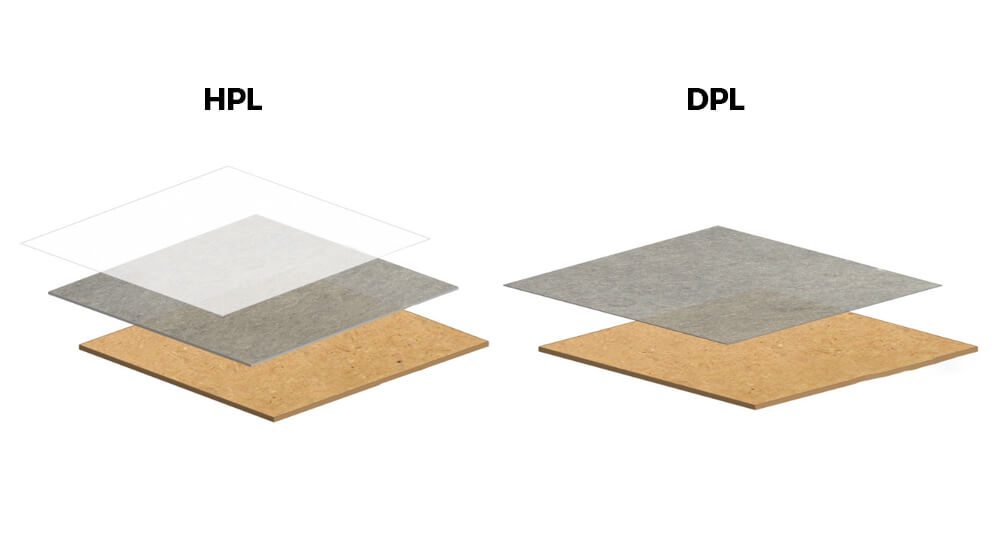
When the manufacturing process is considered, there are two overarching types of laminate flooring:
- HPL - HPL or High-Pressure Laminate is a laminate made using over 1000 pounds of pressure. This compression greatly aids in the rigidity and durability of the laminated flooring. The HPL process is more expensive but results in a laminate board that is much more resistant to impact and shock.
- DPL - DPL or Direct Pressure Laminate is a laminate made using 300 to 500 pounds of pressure. DPL as a process still results in very durable laminate boards, but ultimately less durable than those made with the HPL method.
Underlayment
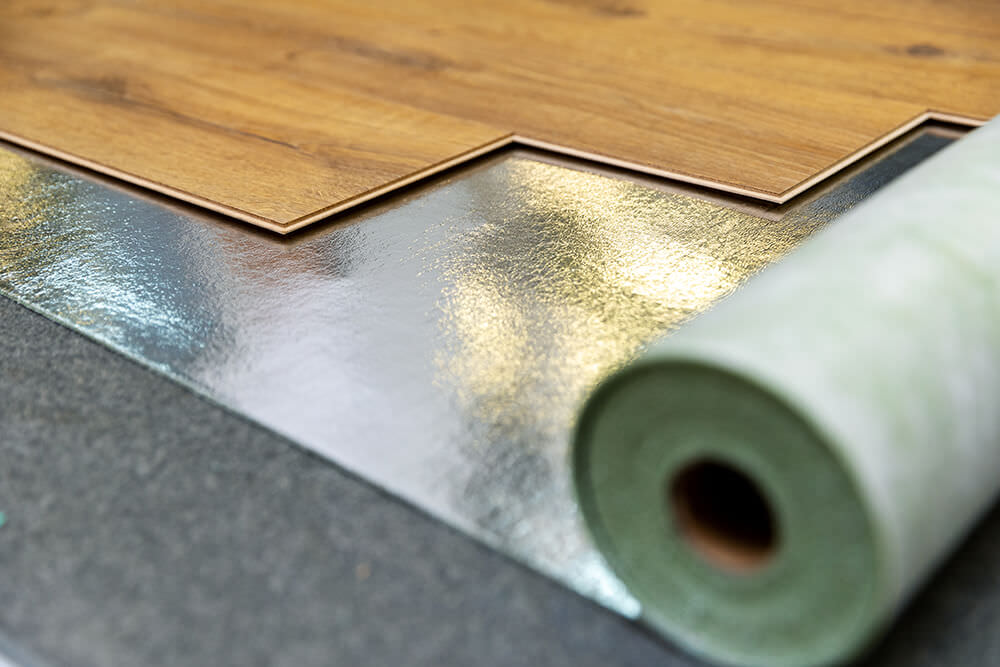
Underlayment or padding is a sheet of closed-cell plastic placed underneath your laminate flooring. Often resembling a thin layer of sponge, it is necessary for your laminate floor installation.
Some underlayment comes pre-attached to the laminated flooring boards, while others need to be installed separately. Choosing and installing the correct underlayment will be one of the most important factors in the quality and longevity of your laminate flooring. There are three key roles played by the underlayment.
- Stabilisation - The floor that you plan to place the laminate flooring on is almost never truly perfect, and this can pose a problem to boards with exact locking mechanisms. Underlayment is a thin but fantastic barrier to even out the imperfections in your existing floor and allow the laminate flooring to lay flat and level. Without an underlayment or an underlayment that is too thin for your application, the laminate boards will become prone to cracking and breaking with uneven surfaces.
- Acoustic - Underlayment is a great acoustic dampener, not only for potential noisy downstairs neighbours but against the flooring as well. Without the stabilization supplied by a good and level underlayment, the laminate boards would creek as they flex in conjunction with each other.
- Moisture - Underlayment acts as a barrier of protection from any moisture that may arise from your existing flooring. Concrete and wooden flooring can release a lot of moisture over time, a good underlayment will act as an extra barrier against that moisture.
Choosing the right underlayment will be brand dependent.
Vapour Barrier
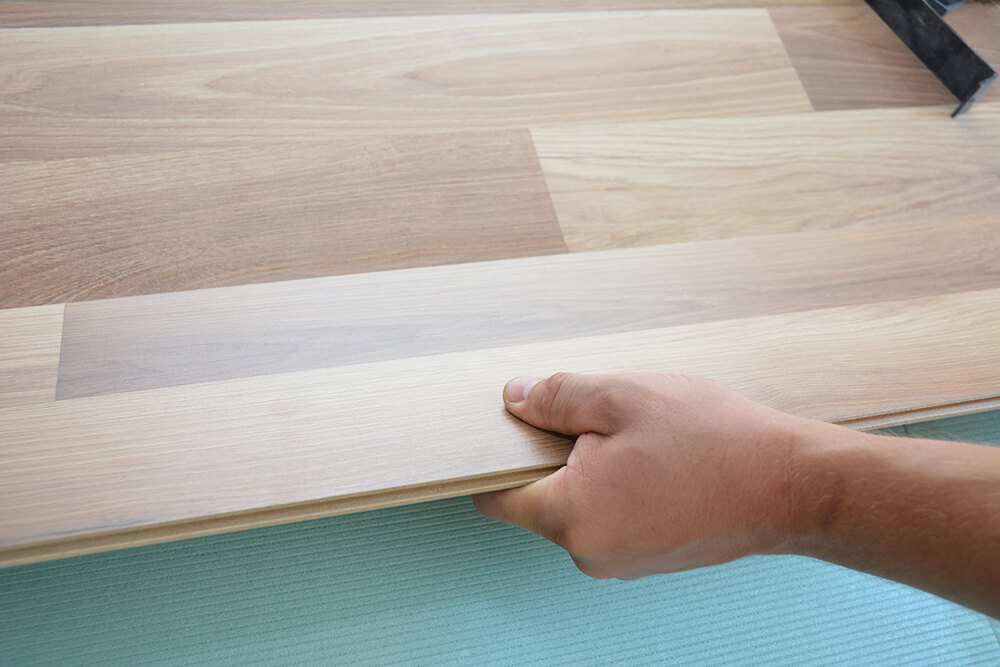
A vapour barrier or moisture barrier is another line of defence against moisture from below. The use of a vapour barrier can be highly dependent on the material your laminate flooring is being placed on. The common rule of thumb is that for any substrate that could give off moisture, use a vapour barrier in conjunction with your underlayment.
On concrete, for example, a vapour barrier is necessary, even if your underlayment has a built-in vapour barrier. These moisture prevention methods will be one of the biggest deciding factors in how long your laminate flooring lasts.
Choosing the right vapour barrier can be brand dependent. When you have chosen the laminate flooring you like, ask the supplier which vapor barrier they recommend going with their product.
High Traffic Areas
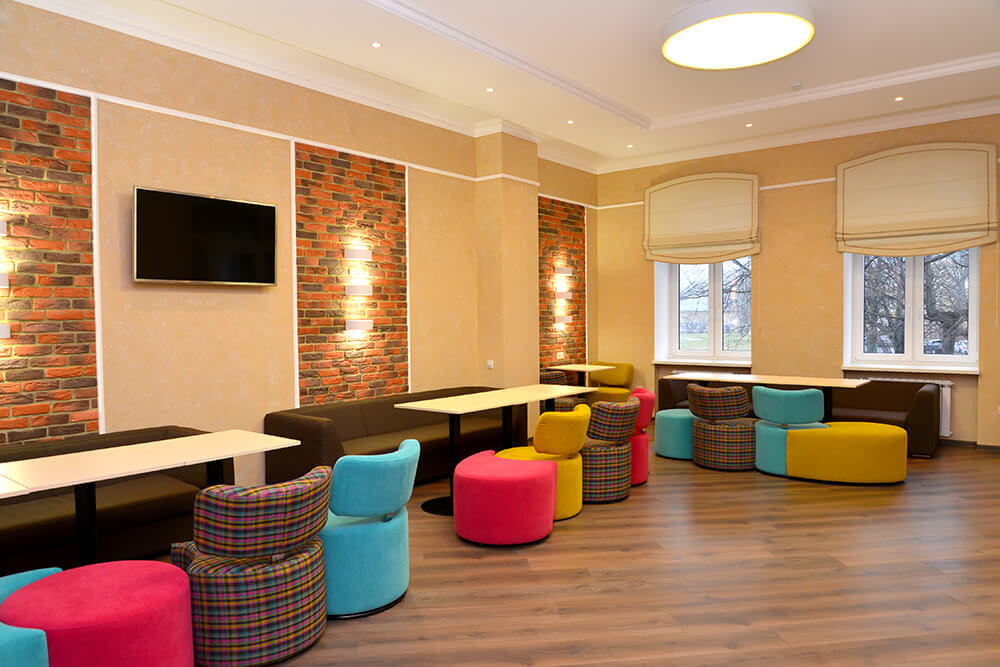
High-traffic areas such as businesses or corridors in homes will be prone to additional wear, making them more durable boards, which is ideal in this situation. HPL is the most durable manufacturing process, but there is more to answer for than just the laminate board's strength. When looking for the ideal type to use in high-traffic areas, there are a few factors to take into consideration.
- Type - HPL or High-Pressure Laminate should be the first factor to choose when considering areas with high traffic. The laminate boards will not only last longer but be more resistant to impacts like something being dropped or the small force area of high-heeled shoes.
- Thickness - There are a few considerations to be taken when discussing thickness. Chief among considerations will be the existing area; it can be difficult to recommend the thickest commercial laminate board which is 14 mm. In high-traffic areas, the thicker the laminate board, the more rigid and strong it will be. Remember to take the underlay into consideration when choosing the right thickness for your laminate board.
- Wear layer - When looking at laminate flooring for high-traffic areas, the wear layer will play an important part in the longevity of your laminate floorboards. Some use plastic and some use melamine resin; it's important to try and find the thickest wear layer possible for your area. Options for the wear layer usually range from 5 mm to 15 mm, the latter of which will be ideal for durability in high-traffic areas.
- Brand quality - Different brands have different qualities of cores and wear layers, and there is no one size fits all. While a general rule of thumb is "you get what you pay for", this does not always ring true. For this, other people who have used laminate flooring and reviews will be your best bet to ensure that you find a brand that works well for you.
Bathroom Flooring Considerations
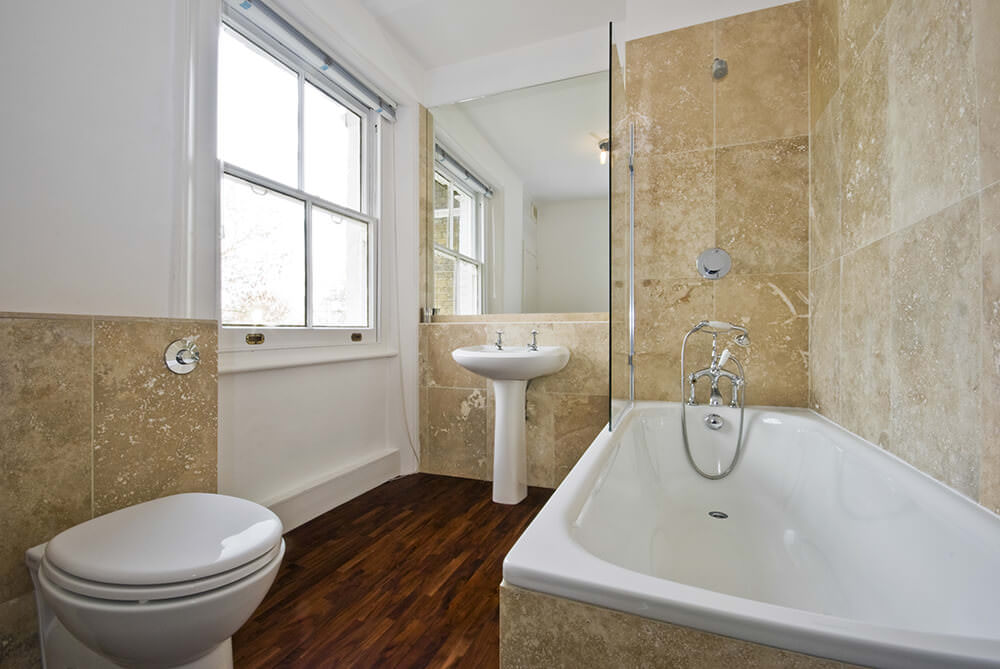
General laminate flooring will not be suitable for a bathroom as its water-resistant rating is far from completely waterproof. There are other options in the form of waterproof laminate flooring, which can vary from manufacturer to manufacturer.
The key element when installing laminate flooring in a bathroom is to prevent any moisture access to the core. The core is the part that will draw in water and, in turn, ruin the flooring.
When looking into waterproof laminate flooring, it is extremely important to pay close attention to the installation instructions. Some manufacturers may rely on a silicon sealant barrier where the boards join to guarantee a watertight seal.
The ideal case would be completely waterproof laminate flooring boards, they will however come at an additional cost. If boards are not completely waterproof, the installation will play a large role in the water resistance of the flooring.
Cost Factors
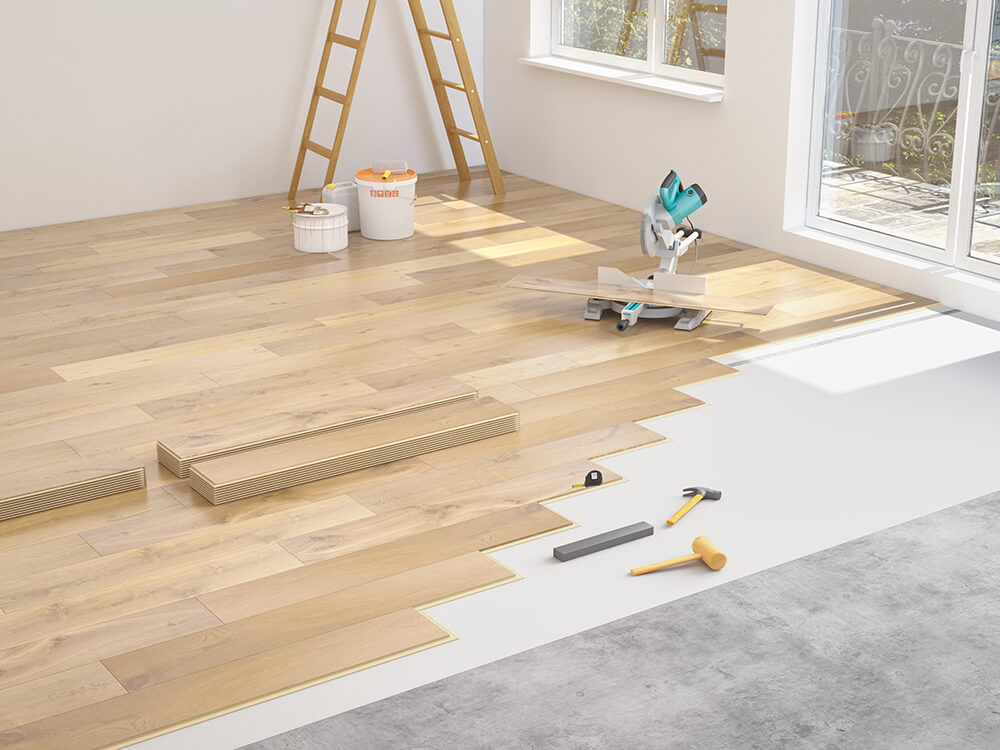
There are several factors that may influence the pricing of laminated flooring, making it difficult to pin down exact price points. Each use case may require a different finish, thickness, underlayment, waterproofing, and many other factors, all of which affect the pricing.
Below are the key factors that affect pricing in laminate flooring, which will allow you to decide what exactly you need. The pricing should always come as a secondary factor to your use case, as the right laminated flooring will extend the life span of the flooring dramatically.
- HPD vs DPL - The HPL manufacturing process will always lead to a more expensive laminate board, it will also lead to more durability in boards, as they are expected to last a long time in the frequent use environment.
- Thickness - The thickness of the laminate board will have a large impact on its price. More material will lead to a more expensive laminate board.
- Finish - Acrylic finishes will always cost more than more common matte plastic finishes. This is not just a decision about cost but longevity as well. A thicker finish and wear layer will last longer, depending on the use case.
- Material - A big influence on cost will be the material used for the decorative layer. Real wood will almost always be more expensive than a printed melamine layer. This is down to personal preference, as you will hopefully be living with and enjoying the laminate flooring for many years to come.
There is no one perfect solution or answer to cost when it comes to laminate flooring. Most use cases will be different, needing different variations at different price points. Find the laminate flooring that works best for you and shop for prices from there.
Cleaning Options
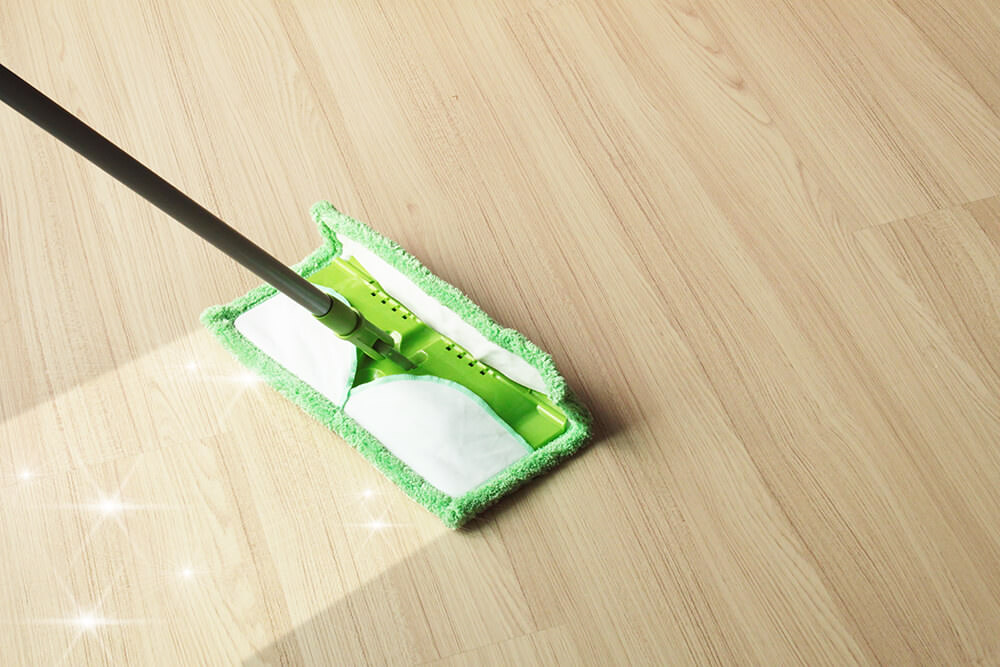
When it comes to cleaning laminate flooring, the ones who made it know best.
Most manufacturers will have a guide, if not, cleaning recommendations when it comes to their specific board makeup. Different surface finishes and materials may react differently to the chemicals in cleaning supplies. Refer to the manufacturer's recommendations for the best results when it comes to cleaning supplies.
As with any laminated flooring, the liquid is the enemy. When something liquid like tea or wine is messed up on the flooring, wipe it up as soon as possible, not only to avoid a stain but to avoid additional liquid damage. For any existing stains, refer to the manufacturer’s cleaning recommendation.
Mopping a laminated floor is fine, provided it is done less often and only with a damp mop. Always avoid excessive amounts of water on your laminated flooring. The usual recommendation is to mop a laminated floor once every month.
Be sure to vacuum or sweep the floor before mopping to avoid any debris that could cause scratching to the surface of your laminate flooring.
A great choice for every home, laminate flooring adds warmth and style to rooms where a touch of wood is welcomed.
